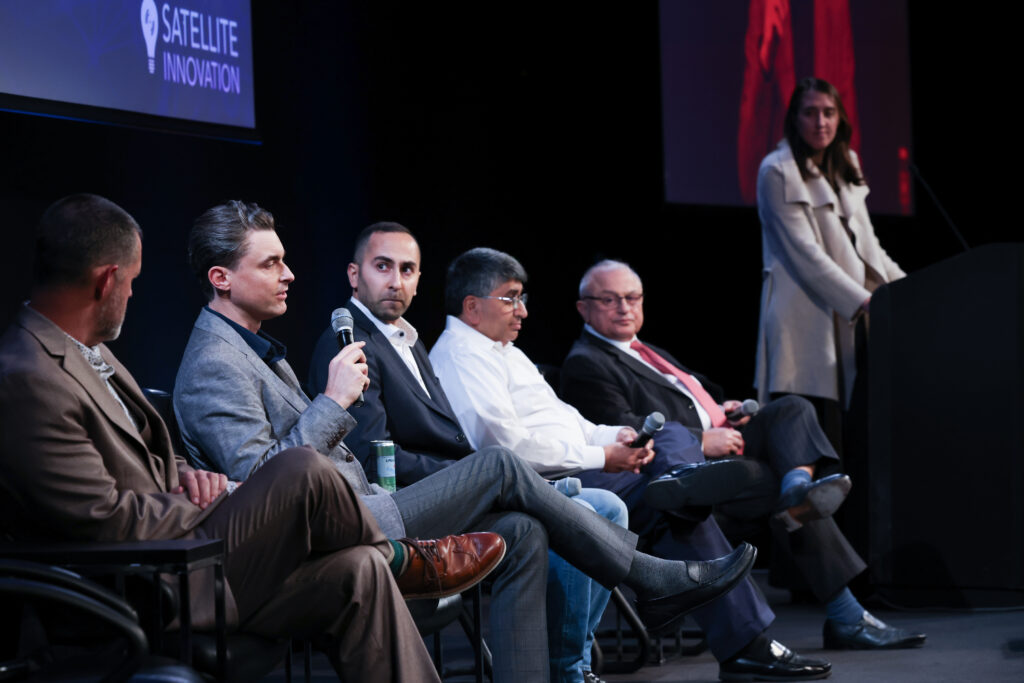By Chris Forrester

Brooke Stokes, partner McKinsey & Co, chaired the SVSW session which examined Vertical Integration in the space industry. She explained that anti-trust compliance and scrutiny could often be a problem in some elements of vertical integration.
David Gelerman, CEO, Spacebridge, said the name of the game was efficiency and the sort of integration that Starlink had employed very successfully was a perfect example. But everything had to be less expensive, whether user terminals, ground stations, satellites… The old-fashioned way was to build a satellite over 5 years. That has changed. End-to-end integration, if you are SpaceX is easy. But for others when you have to include gateways, terminals, and share revenues with local MNOs, it could be difficult. The combination of SES and Intelsat, two massive giants, because they could not see a success standing alone. They needed to be agile and saw greater potential by coming together.
Ryan Kelley, shareholder, Greenberg Trauig, said that regulations could not be ignored. As for integration itself, do you make everything in-house which means you can be self-reliant, but it could prove to be expensive. “But consolidation is inevitable in the industry. SpaceX is wise to continue offering launch activity to its rivals with open access and thus staying on the right side of the regulator.”
Pratish Shah, GM/US, AiTech, explained that you see a spacecraft’s backbone ideally was vertically integrated especially in a craft’s payload. “But do not ignore ROI,” he cautioned. Having reliable access to suppliers is crucial and in particular components like electronics and chipsets today and in the future. “In my view we need to bring chip production back to the US.”

Behzad Koosha, BD Lead for Space Architecture, Sidus Space, suggested that there were obvious challenges in some cases with the supply chain. Covid was a nightmare and it saw very real problems for the industry as a whole.
Scott Rodriguez, VP/Government Programs & NASA HUNCH Program Manager, Voyager Space, said that when any discussion on Vertical Integration came up SpaceX was mentioned. But he stressed that NASA was very different, and operated with a very different model. SpaceX has good financial resources, and building components in-house is going to be impossible for most.
